Home>Furniture & Design>Outdoor Furniture>How To Kill Mealybugs On Outdoor Plants
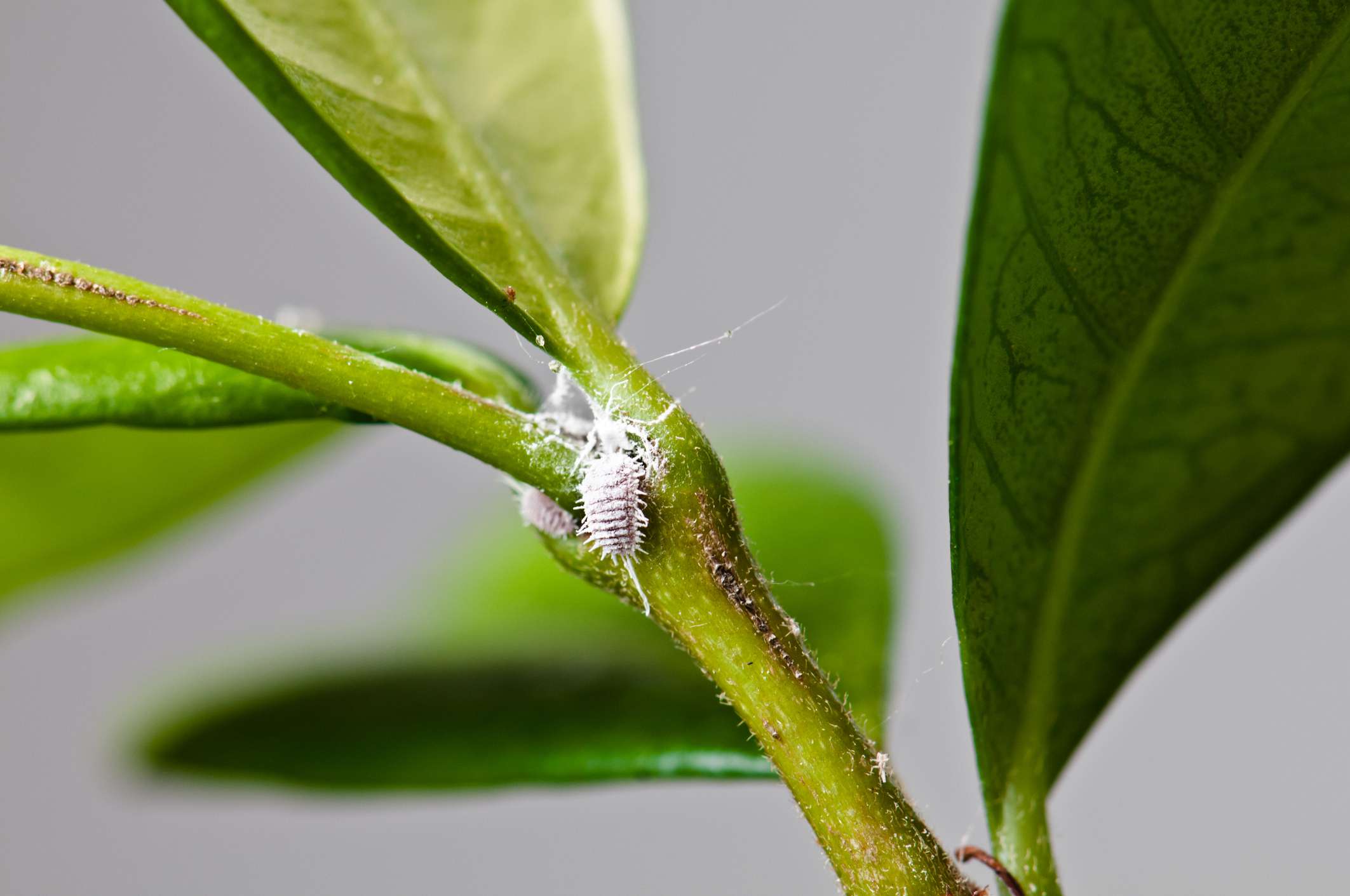

Outdoor Furniture
How To Kill Mealybugs On Outdoor Plants
Modified: January 15, 2024
Learn effective outdoor furniture care tips and techniques to eliminate mealybugs and protect your outdoor plants. Discover expert advice on maintaining outdoor furniture and design.
(Many of the links in this article redirect to a specific reviewed product. Your purchase of these products through affiliate links helps to generate commission for Storables.com, at no extra cost. Learn more)
Introduction
Welcome to the world of outdoor gardening, where vibrant blooms, lush foliage, and the fresh scent of nature come together to create a serene and enchanting oasis. However, amidst the beauty, there are pesky intruders that can wreak havoc on your outdoor plants. One such notorious culprit is the mealybug, a tiny yet formidable adversary that can quickly multiply and infest your beloved greenery.
In this comprehensive guide, we will delve into the realm of mealybugs and explore effective strategies to eliminate these persistent pests from your outdoor plants. Whether you are a seasoned gardener or a novice enthusiast, understanding how to identify, prevent, and combat mealybug infestations is crucial for maintaining the health and vitality of your outdoor garden.
Join us on this journey as we uncover the secrets to eradicating mealybugs and reclaiming the splendor of your outdoor plants. Let's embark on this horticultural adventure and equip ourselves with the knowledge and tools to combat these unwelcome visitors.
Key Takeaways:
- Embrace natural remedies like neem oil and beneficial insects to combat mealybugs on outdoor plants, preserving the garden’s health and ecosystem while keeping the pests at bay.
- Prioritize proactive measures such as regular inspections and maintaining plant health to prevent mealybug infestations, ensuring a thriving and pest-free outdoor garden.
Identifying Mealybugs
Before embarking on the mission to eradicate mealybugs, it is essential to familiarize yourself with these tiny adversaries. Mealybugs are small, soft-bodied insects that belong to the Pseudococcidae family. They are typically found on the stems, leaves, and undersides of outdoor plants, where they feed on the plant sap using their piercing mouthparts.
Identifying mealybugs is relatively straightforward, as they exhibit distinct physical characteristics. These pests are often covered in a white, waxy substance, giving them a cottony or mealy appearance, from which their name is derived. Their oval-shaped bodies range in size from 1/20 to 1/5 of an inch, and they may appear as tiny, stationary cotton balls on your plants.
When inspecting your outdoor plants for mealybug infestations, pay close attention to the areas where the leaves and stems meet, as well as the undersides of the foliage. Mealybugs tend to congregate in these concealed locations, making early detection crucial for effective intervention.
Furthermore, keep an eye out for signs of mealybug damage, such as yellowing or wilting leaves, stunted growth, and the presence of a sticky substance known as honeydew, which can attract ants and promote the growth of sooty mold. By promptly identifying these indicators, you can take proactive measures to prevent the spread of mealybugs and mitigate the potential harm to your outdoor plants.
Now that we have acquainted ourselves with the appearance and telltale signs of mealybugs, let’s proceed to explore proactive measures for preventing their infestation in your outdoor garden.
Prevention Methods
Preventing mealybug infestations is a proactive approach that can safeguard the health and vitality of your outdoor plants. By implementing preventive measures, you can create an inhospitable environment for mealybugs, minimizing the risk of an infestation. Here are some effective prevention methods to fortify your outdoor garden against these persistent pests:
- Maintain Optimal Plant Health: Healthy and robust plants are more resilient to pest infestations. Ensure that your outdoor plants receive adequate sunlight, water, and nutrients to promote their vigor and natural defenses against mealybugs.
- Regular Inspections: Routinely inspect your outdoor plants for early signs of mealybug presence. By promptly identifying and addressing any potential infestations, you can prevent the pests from proliferating and causing extensive damage.
- Pruning and Sanitation: Remove and dispose of any infested or heavily affected plant parts to prevent the spread of mealybugs. Pruning can also enhance air circulation and reduce the likelihood of mealybug infestations in densely populated areas of the plants.
- Natural Predators: Encourage the presence of beneficial insects, such as ladybugs and lacewings, which are natural predators of mealybugs. By fostering a balanced ecosystem in your outdoor garden, you can mitigate mealybug populations without resorting to chemical interventions.
- Barriers and Isolation: Create physical barriers, such as horticultural fleece or row covers, to protect your outdoor plants from potential mealybug infestations. Additionally, isolating new plants before introducing them to your garden can prevent the inadvertent introduction of mealybugs.
By incorporating these preventive strategies into your gardening routine, you can fortify your outdoor plants against mealybug infestations and maintain a thriving garden ecosystem. However, in the event of a mealybug infestation, it is crucial to explore effective remedies to eradicate these persistent pests from your outdoor plants.
To kill mealybugs on outdoor plants, mix a solution of water and dish soap and spray it directly on the affected areas. Repeat every few days until the infestation is gone.
Natural Remedies
When faced with a mealybug infestation on your outdoor plants, natural remedies offer an eco-friendly and effective approach to combat these persistent pests without resorting to harsh chemicals. Embracing natural solutions not only safeguards the health of your plants but also contributes to the overall well-being of your garden ecosystem. Here are several natural remedies to consider when addressing mealybug infestations:
- Neem Oil: Derived from the seeds of the neem tree, neem oil serves as a potent natural insecticide and repellent. When applied to outdoor plants, it disrupts the feeding and reproductive cycles of mealybugs, ultimately leading to their decline in population.
- Soap Solution: A simple yet effective remedy involves creating a mild soap solution using liquid dish soap and water. This solution can be sprayed onto the affected areas of the plants to suffocate and eliminate mealybugs. It is important to test the solution on a small portion of the plant before widespread application to ensure compatibility.
- Alcohol Spray: A solution of isopropyl alcohol and water can be utilized to directly target mealybugs on outdoor plants. When applied with precision, the alcohol spray effectively dehydrates and eliminates the pests, providing a natural and targeted approach to pest control.
- Beneficial Insects: Introducing natural predators, such as ladybugs, lacewings, or parasitic wasps, into your outdoor garden can help establish a balanced ecosystem and naturally regulate mealybug populations. These beneficial insects actively seek out and consume mealybugs, contributing to biological pest control.
- Homemade Garlic Spray: A homemade garlic spray, created by infusing minced garlic cloves in water and straining the solution, can serve as a natural deterrent for mealybugs. The pungent aroma of garlic acts as a repellent, discouraging mealybugs from infesting your outdoor plants.
By incorporating these natural remedies into your pest management strategy, you can effectively combat mealybug infestations while minimizing the impact on the environment and the overall well-being of your outdoor garden. However, in cases where natural remedies may not provide the desired results, exploring chemical treatments under careful consideration becomes essential.
Chemical Treatments
While natural remedies offer eco-friendly solutions for addressing mealybug infestations, there are instances where chemical treatments may be necessary to effectively eradicate these persistent pests from your outdoor plants. When considering chemical interventions, it is crucial to prioritize the safety of your plants, the surrounding environment, and beneficial insects. Here are several chemical treatments commonly employed to combat mealybug infestations:
- Insecticidal Sprays: Selective insecticidal sprays formulated specifically for mealybugs can provide targeted control of these pests. It is essential to carefully read and follow the instructions on the product label, ensuring proper application and minimizing potential harm to non-target organisms.
- Systemic Insecticides: Systemic insecticides, available in various formulations such as granules or drenches, are absorbed by the plants and translocated throughout their vascular systems. This method targets mealybugs that feed on the plant sap, effectively eliminating the pests over time.
- Horticultural Oils: Horticultural oils, derived from mineral or vegetable sources, can be utilized to smother and suffocate mealybugs on outdoor plants. These oils disrupt the respiratory functions of the pests, leading to their demise while minimizing the impact on beneficial insects.
- Botanical Insecticides: Botanical insecticides, derived from natural plant compounds, offer a plant-based approach to pest control. Products containing ingredients such as pyrethrin or rotenone can be used to target mealybugs while minimizing adverse effects on the environment.
- Professional Intervention: In cases of severe mealybug infestations or challenges in achieving effective control, seeking the expertise of a professional pest management service can provide tailored solutions and targeted treatments to safeguard the health of your outdoor plants.
When considering chemical treatments, it is imperative to exercise caution, adhere to safety guidelines, and consider the potential implications on the overall garden ecosystem. Additionally, it is advisable to explore non-chemical alternatives whenever feasible to minimize environmental impact and promote sustainable pest management practices.
Now that we have explored natural and chemical remedies for addressing mealybug infestations, let’s conclude our journey with a reflection on the importance of proactive pest management in outdoor gardening.
Read more: How To Kill Outdoor Ants
Conclusion
As we conclude our exploration of combating mealybug infestations on outdoor plants, it is evident that proactive pest management is paramount for preserving the health and beauty of your garden. Mealybugs, with their persistent nature and potential to cause significant damage, underscore the importance of vigilance and strategic interventions to safeguard your outdoor plants.
By familiarizing yourself with the telltale signs of mealybug infestations and implementing preventive measures, such as maintaining optimal plant health and fostering a balanced garden ecosystem, you can fortify your outdoor plants against these persistent pests. Regular inspections, pruning, and the encouragement of natural predators contribute to a holistic approach to pest management, minimizing the risk of mealybug infestations.
When faced with mealybug infestations, natural remedies offer eco-friendly and effective solutions, harnessing the power of natural compounds and beneficial insects to combat the pests. Neem oil, soap solutions, and the introduction of natural predators exemplify sustainable strategies for managing mealybugs while preserving the integrity of your garden ecosystem.
While natural remedies serve as the cornerstone of eco-conscious pest management, there are instances where chemical treatments may be necessary. When considering chemical interventions, it is essential to prioritize the safety of your plants, beneficial insects, and the environment, while adhering to best practices for responsible pesticide use.
Our journey through the realm of mealybug management underscores the harmonious balance between effective pest control and the preservation of a thriving outdoor garden. By integrating natural remedies, preventive measures, and, when warranted, carefully considered chemical treatments, you can cultivate a resilient and flourishing outdoor garden, free from the perils of mealybug infestations.
As you continue your horticultural pursuits, may your outdoor plants thrive in a sanctuary free from the encumbrance of mealybugs, allowing the splendor of nature to flourish undisturbed.
Frequently Asked Questions about How To Kill Mealybugs On Outdoor Plants
Was this page helpful?
At Storables.com, we guarantee accurate and reliable information. Our content, validated by Expert Board Contributors, is crafted following stringent Editorial Policies. We're committed to providing you with well-researched, expert-backed insights for all your informational needs.
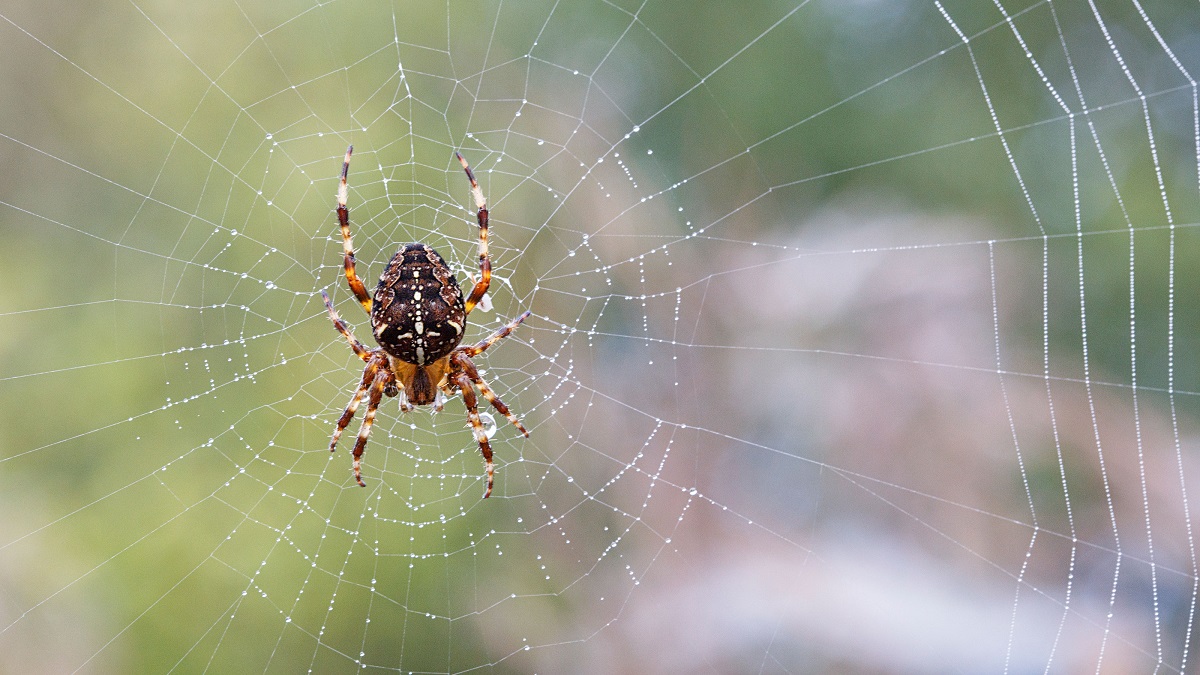
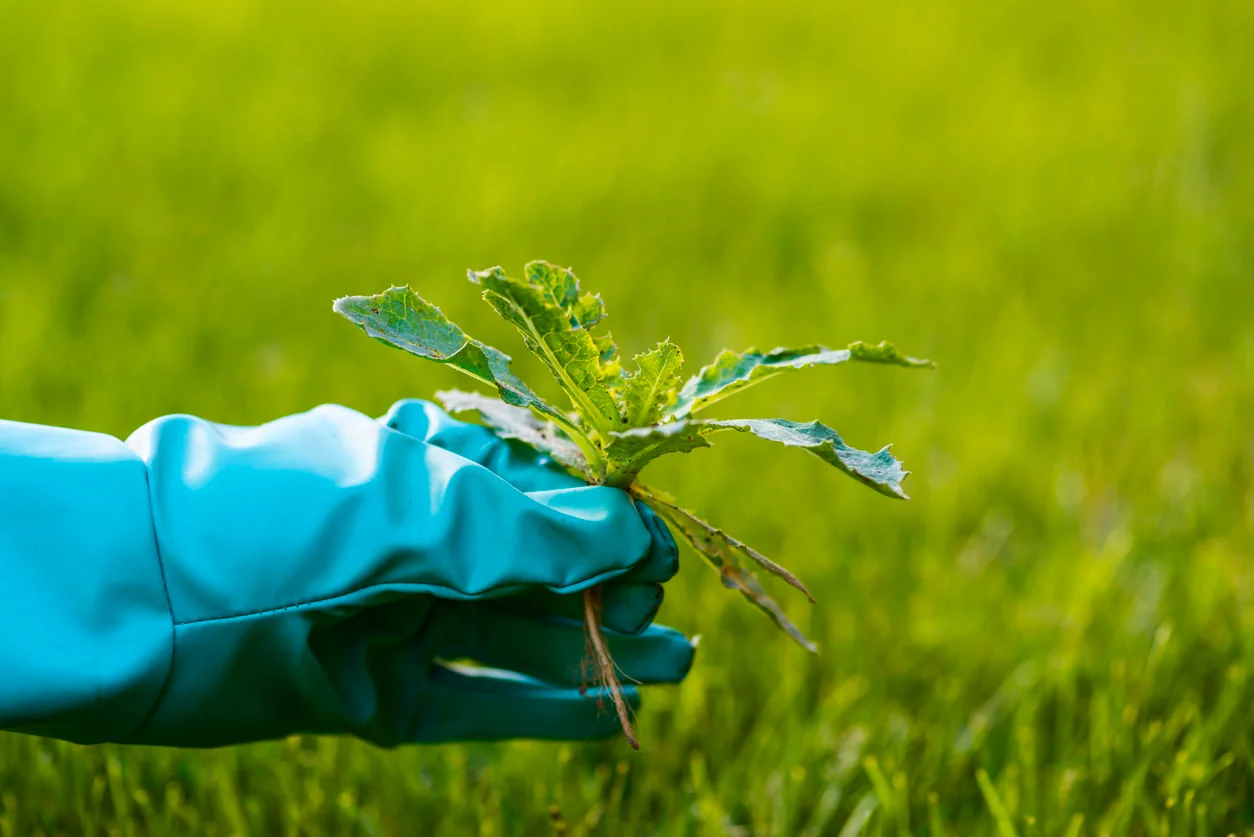
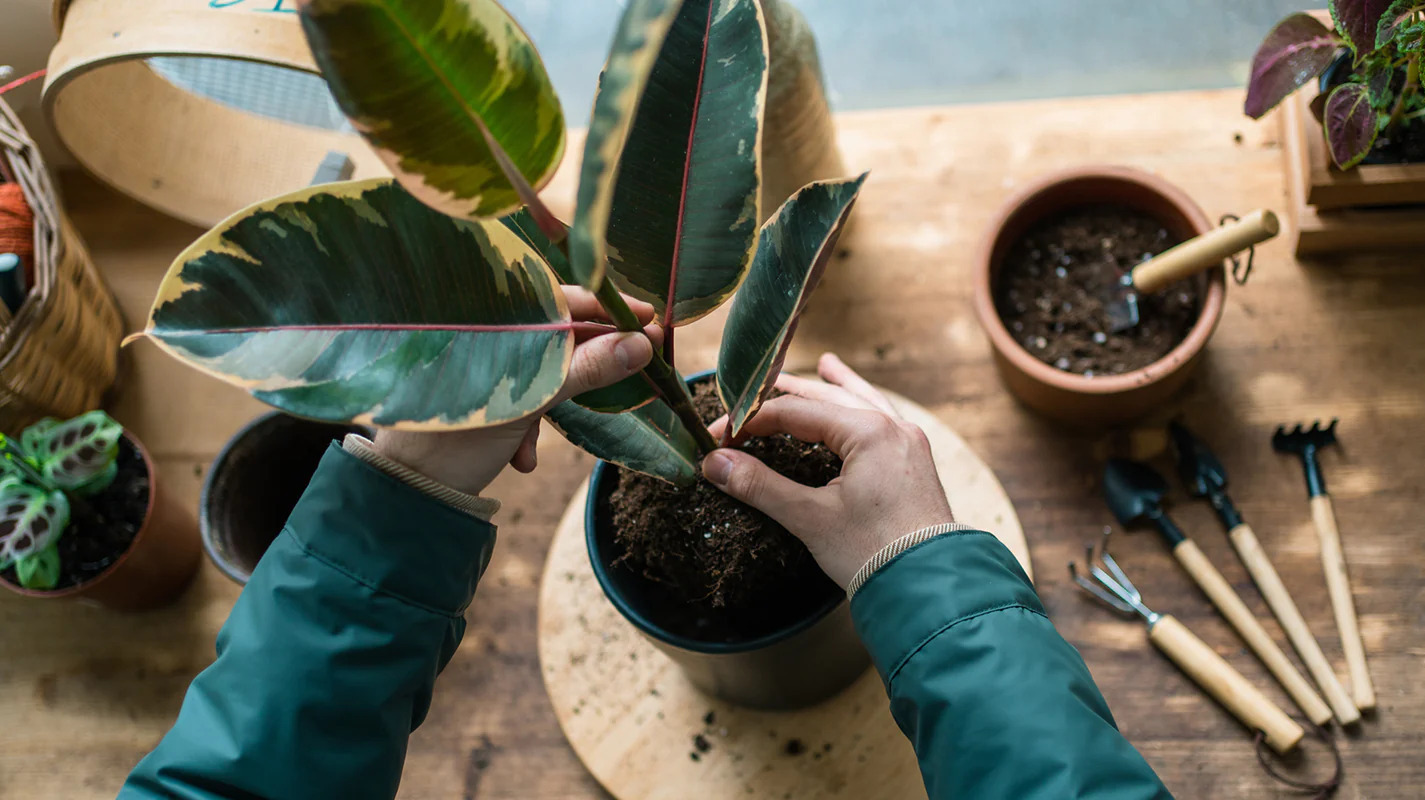
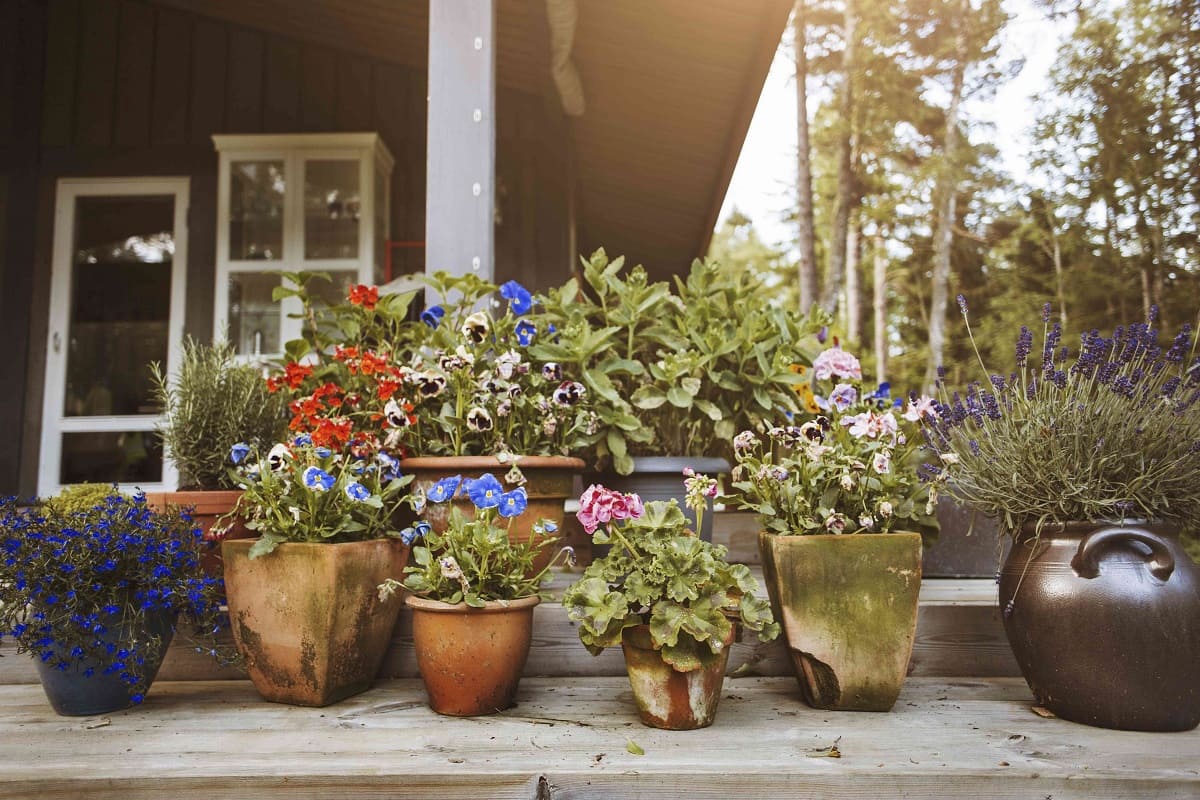
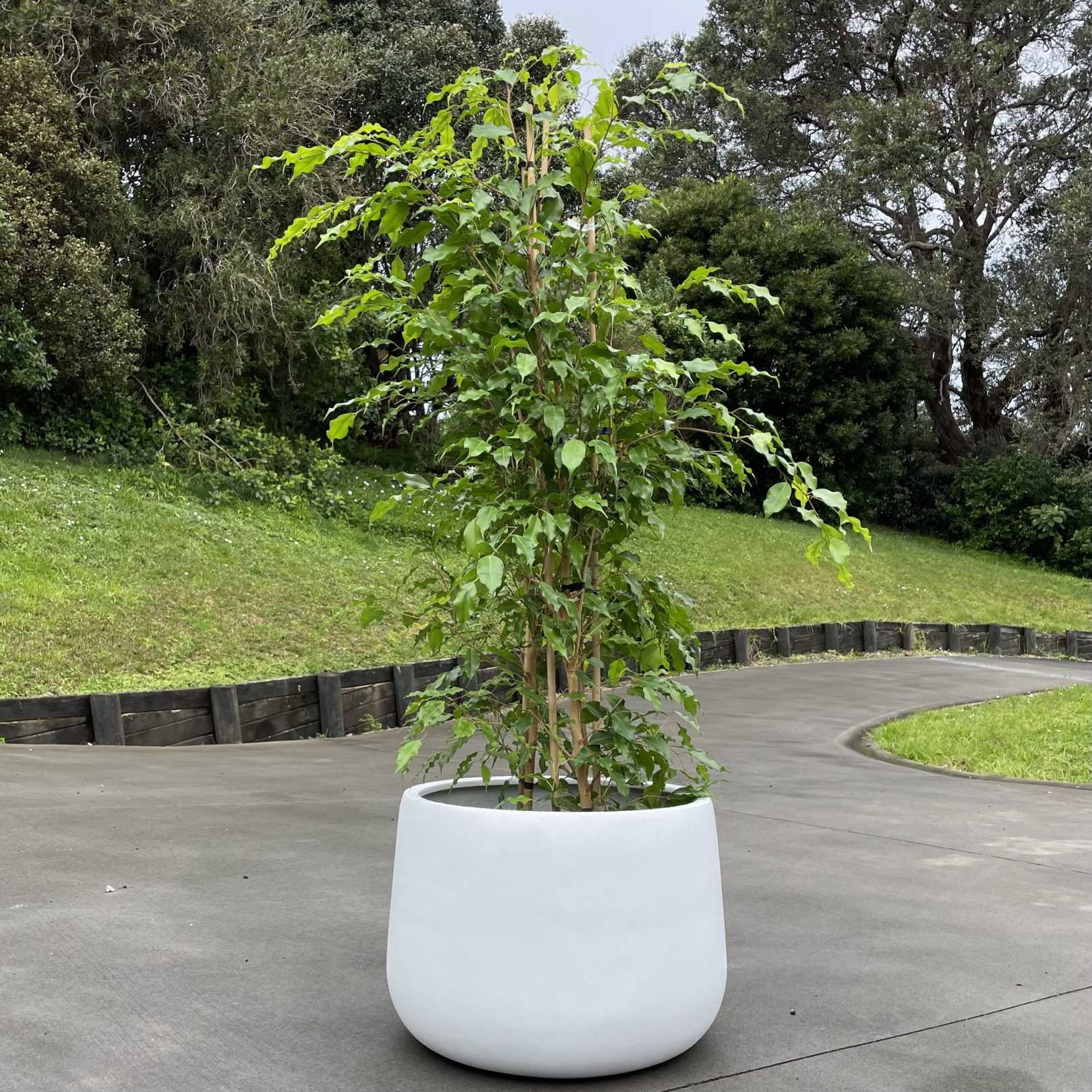
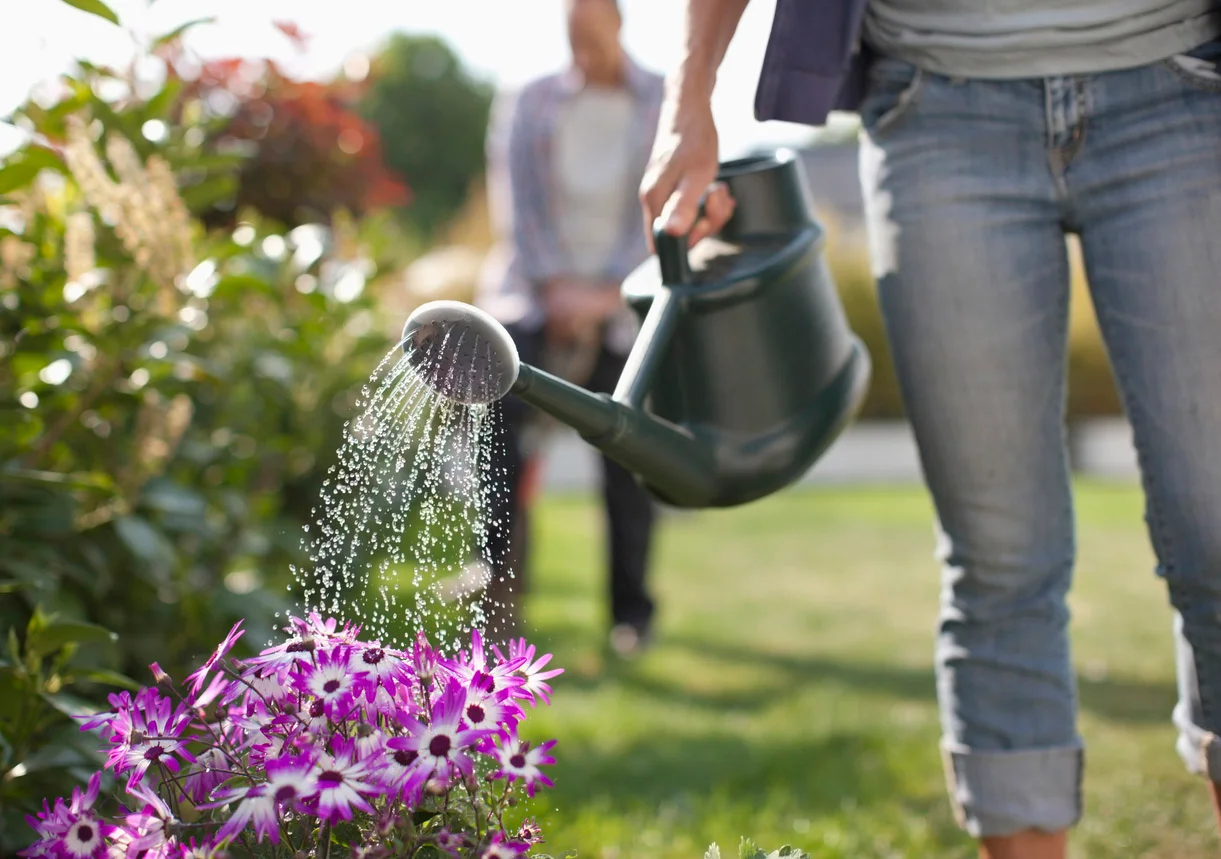
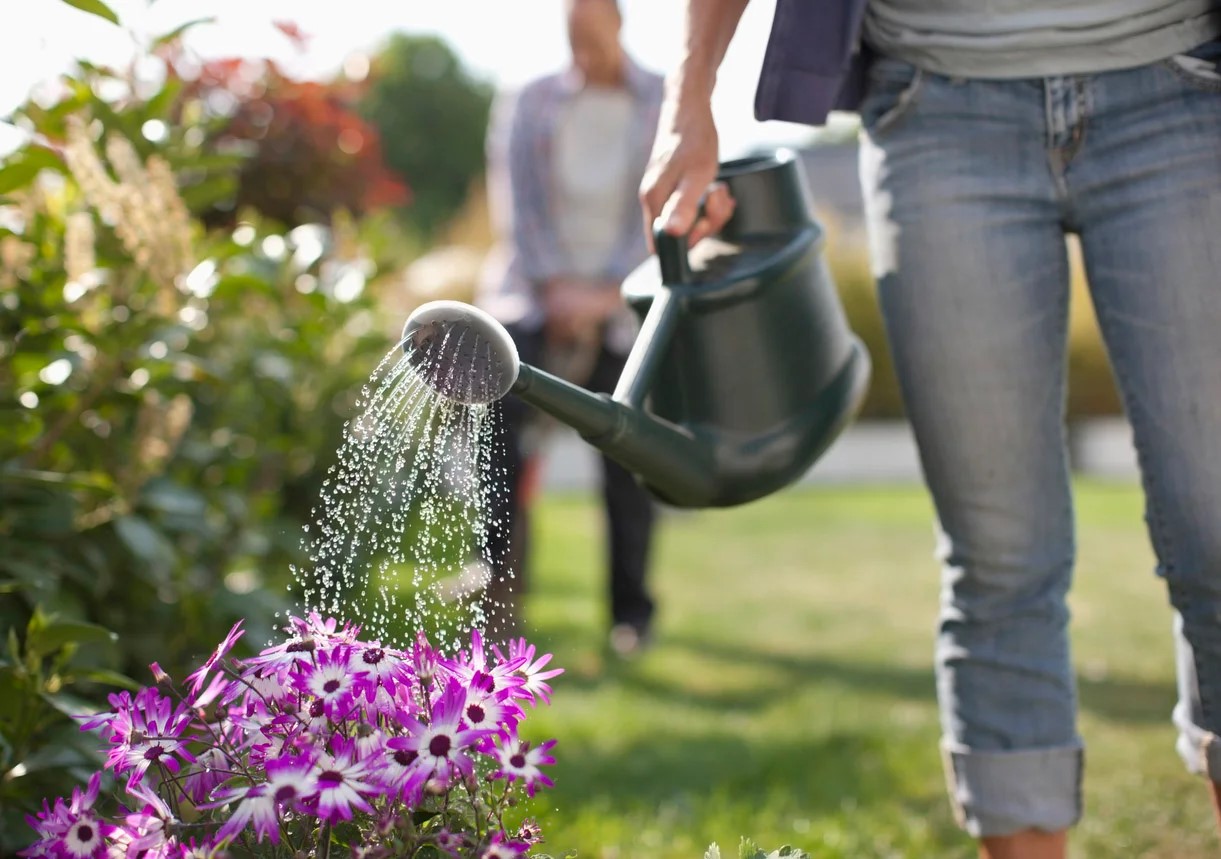
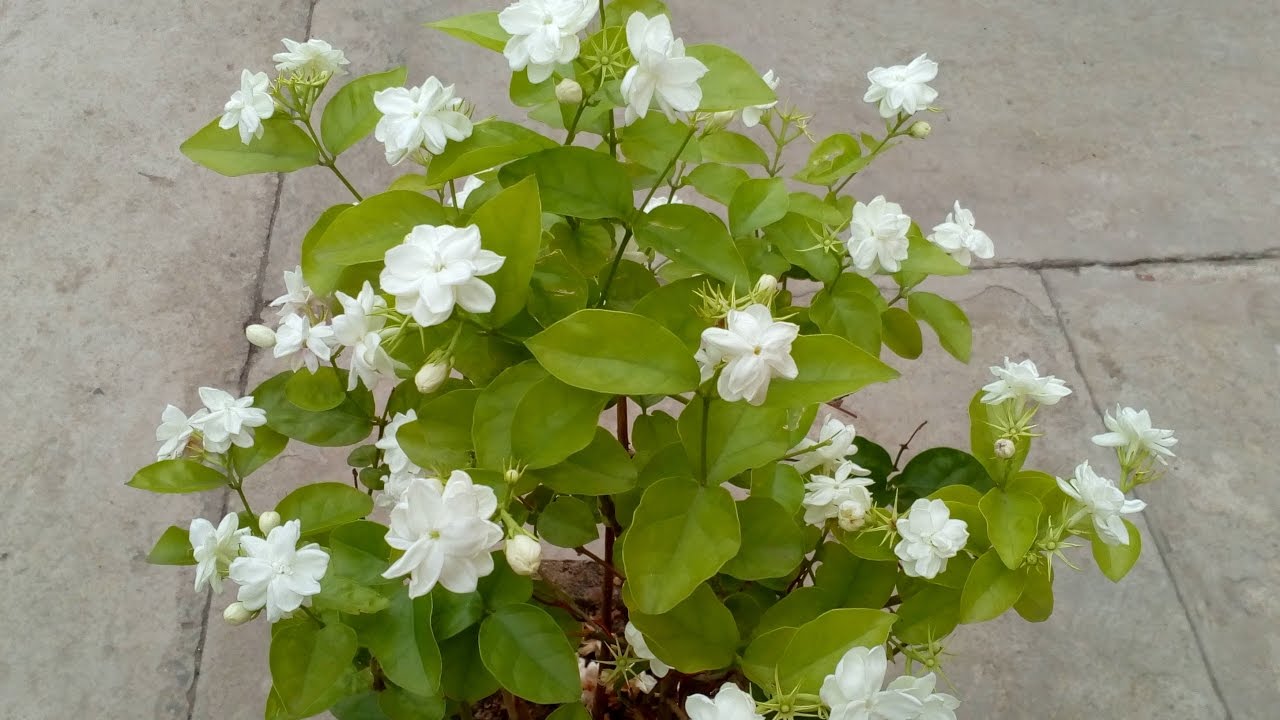
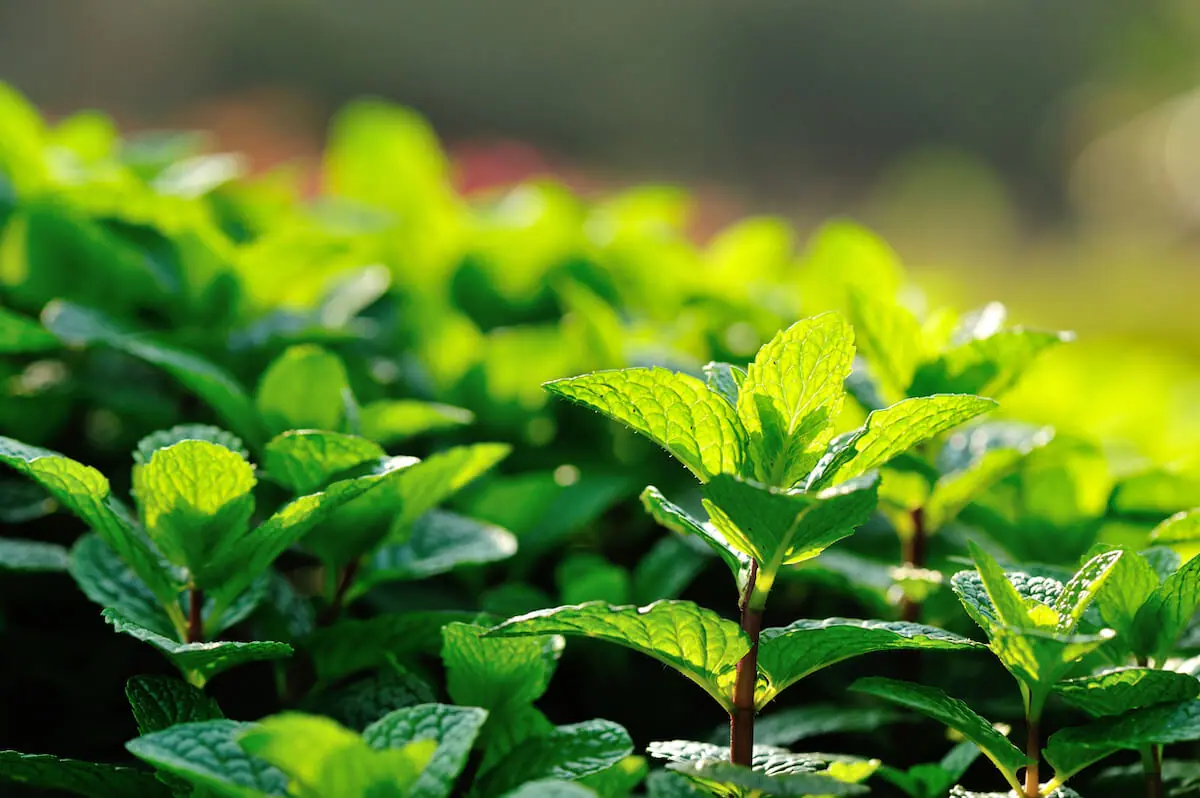
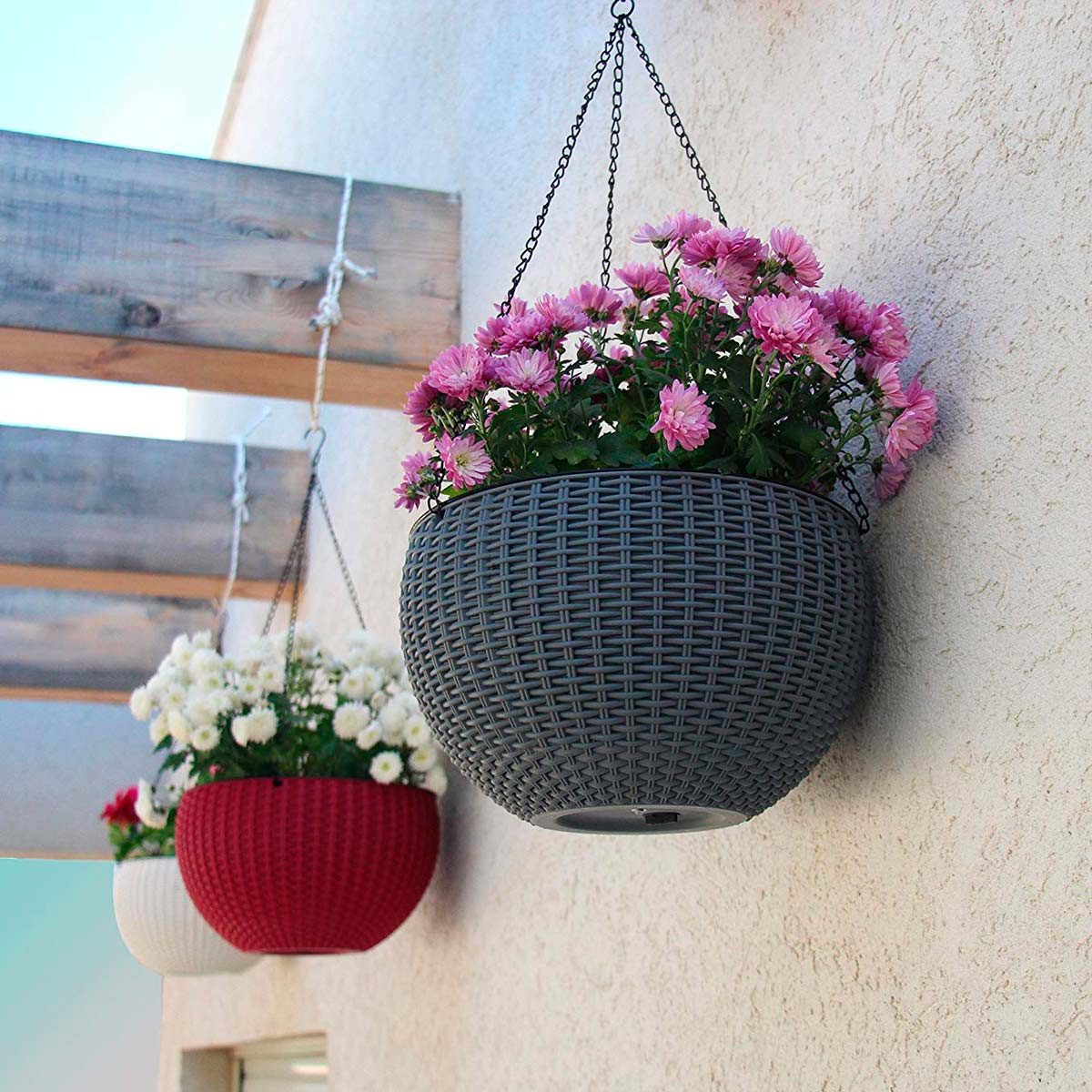
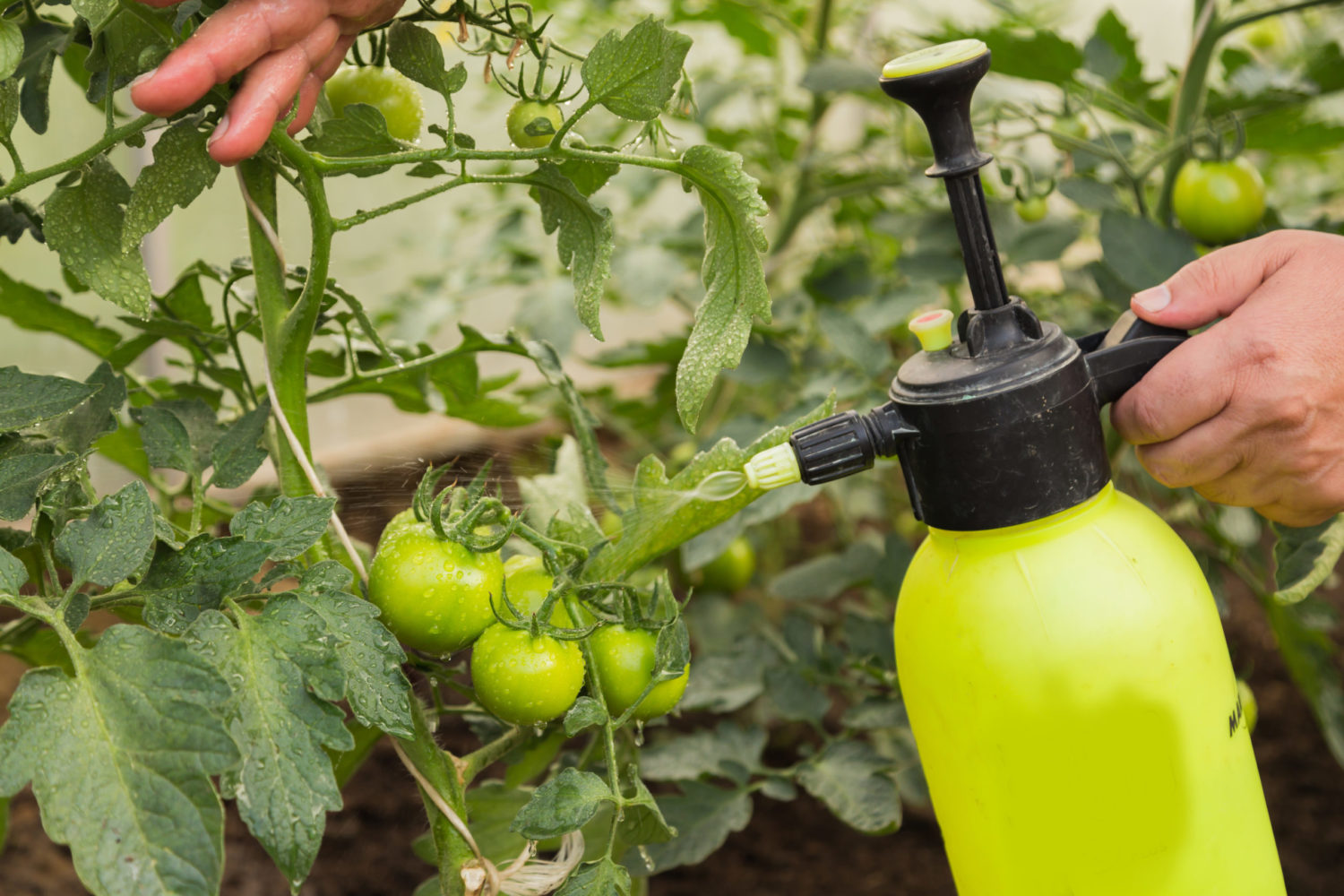
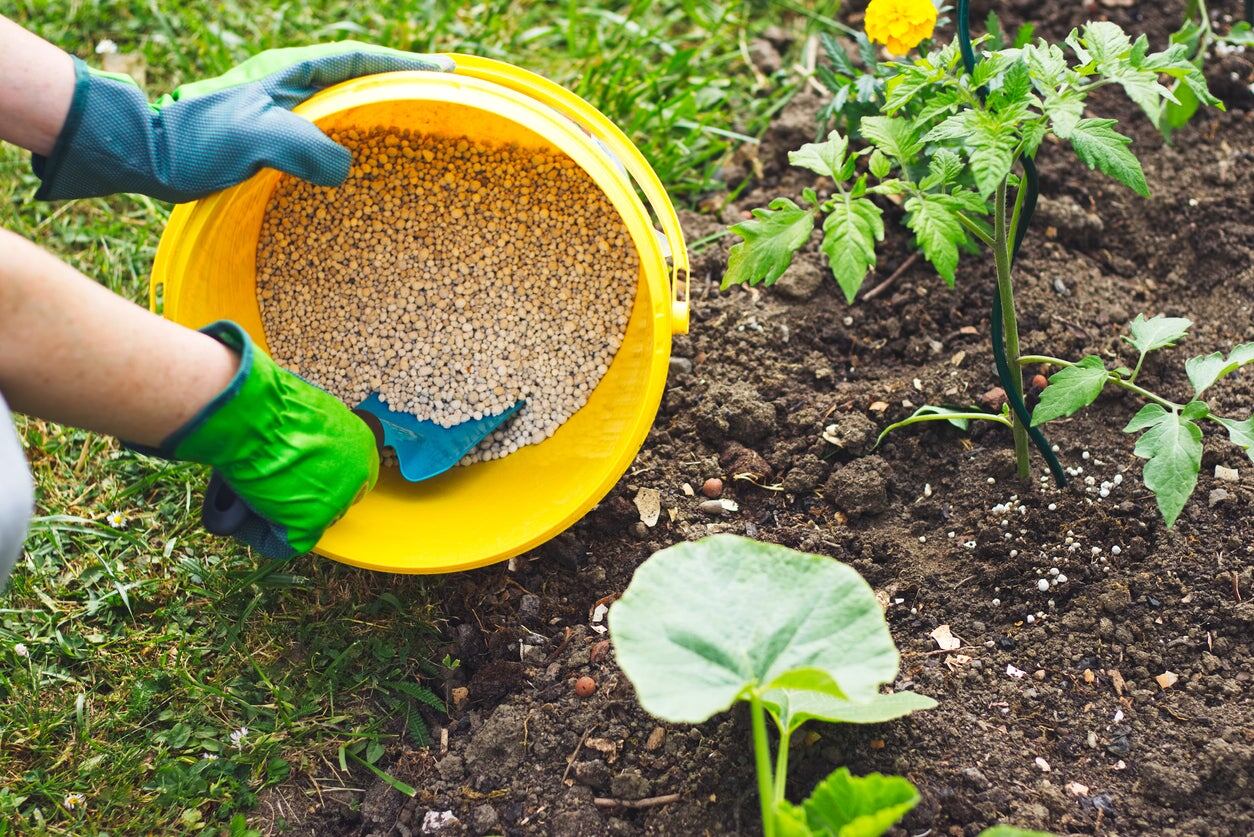

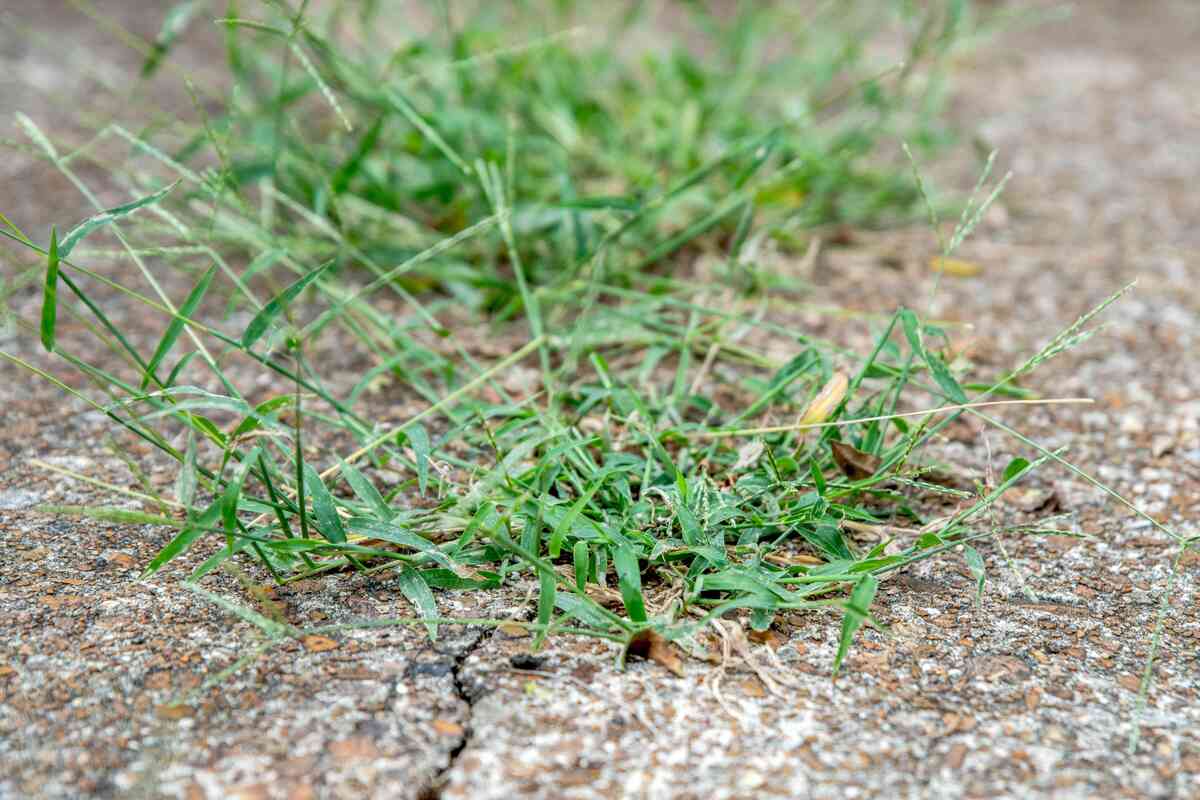

0 thoughts on “How To Kill Mealybugs On Outdoor Plants”